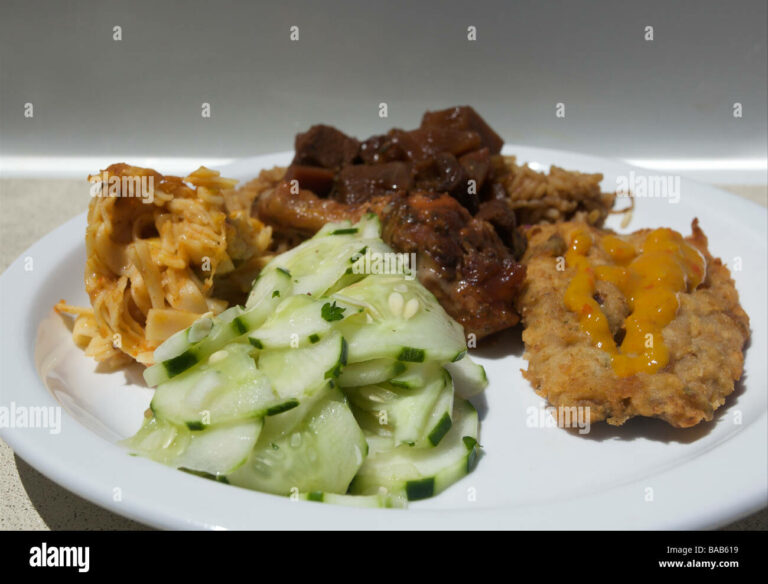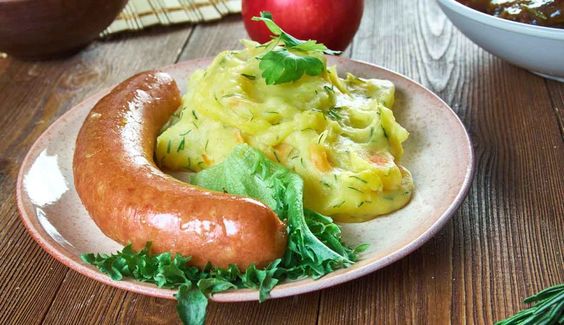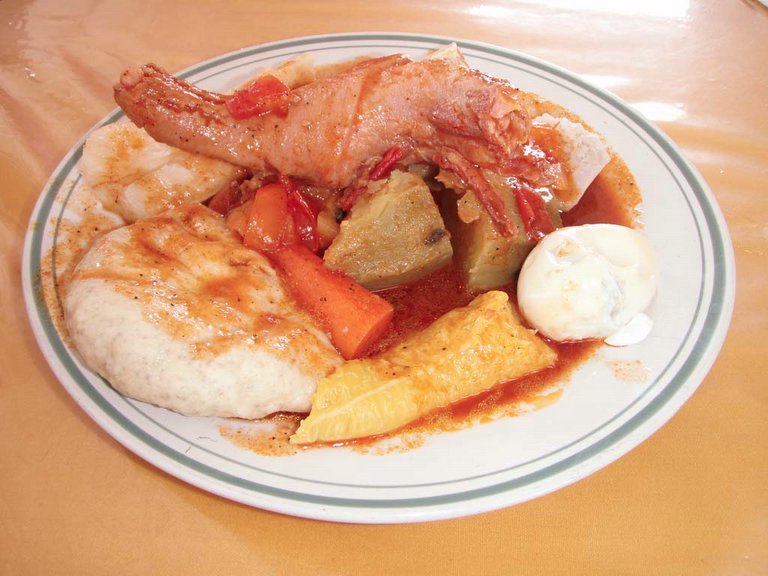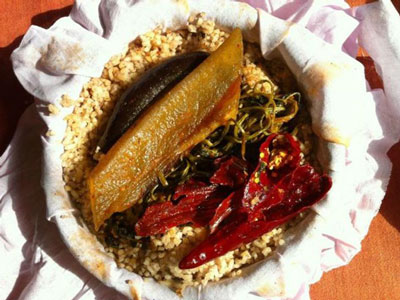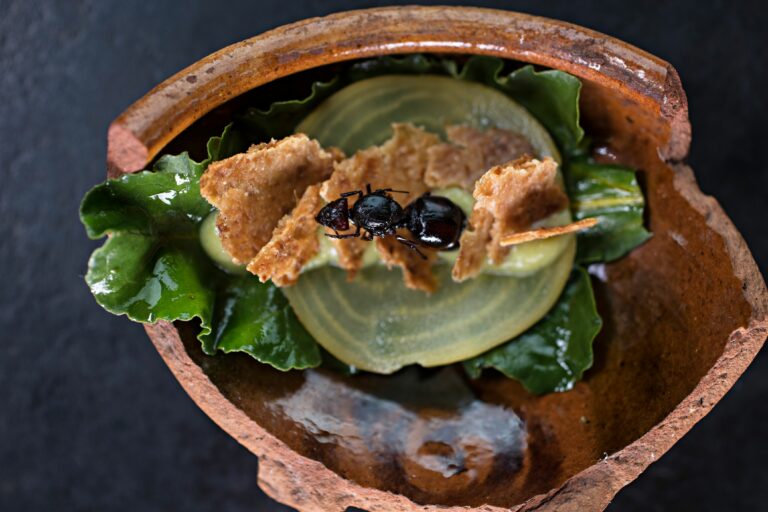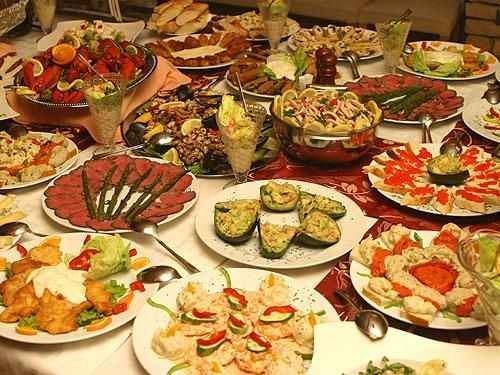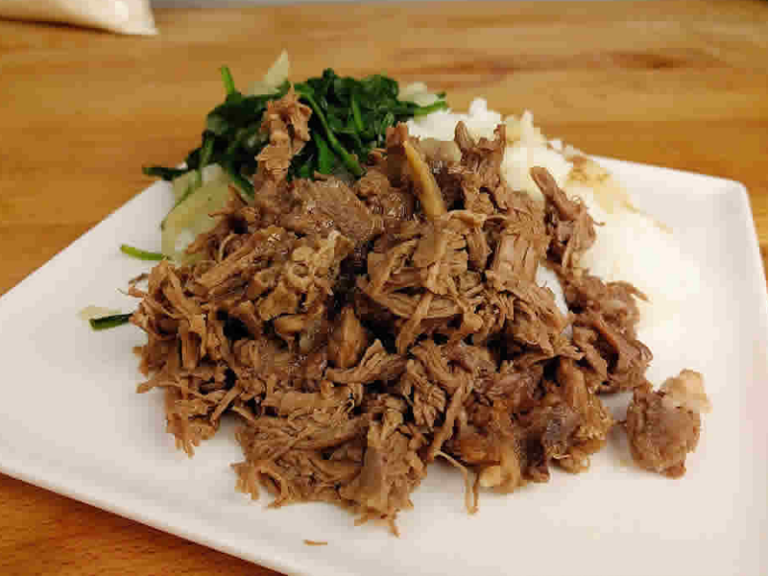Introduction: A glimpse into Bangladeshi cuisine
Bangladesh is a country located in South Asia, known for its rich culture and history. Its cuisine is a reflection of the varied influences that the country has experienced over the years. The Bangladeshi cuisine is a blend of the staple South Asian dishes with a unique twist of its own. The cuisine mostly includes rice, fish, meat, and a variety of spices and herbs.
Bangladesh is a land of rivers, which makes fish a significant component of its cuisine. The cuisine also features an array of vegetarian dishes prepared with seasonal vegetables, pulses, and grains. The food is known for its rich textures, flavors, and aromas, which are a treat to the senses.
Spices and Flavors: Key ingredients in Bangladeshi cuisine
Bangladeshi cuisine is known for its use of a wide range of spices and herbs. The most commonly used spices include cumin, coriander, turmeric, chili, and ginger. These spices are used to create rich and flavorful curries, gravies, and stews that are a staple of Bangladeshi cuisine.
Herbs like mint, cilantro, and curry leaves are also frequently used to add a fresh and aromatic touch to the dishes. The cuisine also uses a blend of different spice mixes, such as garam masala, panch phoron, and chaat masala, to add a unique flavor profile to the dishes.
Rice: The staple food of Bangladesh
Rice is the staple food of Bangladesh and is an integral part of its cuisine. The country produces a wide variety of rice, including Basmati, Jasmine, and Gobindobhog, which are used in different dishes.
Rice is typically served with a variety of curries, stews, and gravies, and is also used to make various rice-based dishes like pulao and biryani. The Bangladeshi cuisine also features a unique dish called Khichuri, which is a one-pot meal made with rice, lentils, and vegetables.
Fish: A significant component of Bangladeshi cuisine
Fish is a significant component of Bangladeshi cuisine, thanks to the country’s extensive river network. The cuisine features a variety of fish dishes that are prepared in different styles and flavors.
Some of the popular fish dishes include the Hilsa fish curry, pabda jhol, and rui macher kalia. The fish is typically cooked in a flavorful gravy made with spices and herbs and is served with rice or roti.
Street food: Popular snacks in Bangladesh
Bangladesh is known for its vibrant street food culture, which offers an array of delicious snacks and dishes. Some of the popular street food items include samosas, fuchka, jhal muri, and chotpoti.
Fuchka is a popular street food that is made with crispy hollow shells filled with spicy mashed potatoes and chickpeas. Jhal muri is a mixture of puffed rice, vegetables, and spices, while chotpoti is a spicy and tangy chickpea stew served with a crispy flatbread.
Sweets: A sweet tooth’s paradise
Bangladeshi cuisine has a vast variety of sweets and desserts that are a treat to the taste buds. Some of the popular sweets include rasgulla, sandesh, and mishti doi.
Rasgulla is a sweet made with cottage cheese balls soaked in sugar syrup, while sandesh is a sweet made with cottage cheese and sugar. Mishti doi is a sweet yogurt that is flavored with jaggery or caramelized sugar.
Influence of neighboring countries on Bangladeshi cuisine
Bangladeshi cuisine has been heavily influenced by its neighboring countries, including India and Myanmar. The cuisine features a unique blend of South Asian flavors and techniques, along with a distinct twist of its own.
The cuisine also shares similarities with the North Indian cuisine, with the use of spices and ingredients like ghee, paneer, and yogurt. The Burmese influence can be seen in dishes like mohinga, which is a fish noodle soup popular in both Bangladesh and Myanmar.
Conclusion: A unique and delicious cuisine to try
Bangladeshi cuisine is a unique blend of flavors, spices, and techniques that makes it a must-try for food lovers. From the staple rice dishes to the delicious fish curries and the mouth-watering sweets, the cuisine offers something for everyone. The street food culture is also a must-try, with the vibrant flavors and aromas that fill the streets of Bangladesh. If you are looking to explore new cuisines, Bangladeshi cuisine is definitely worth a try.


